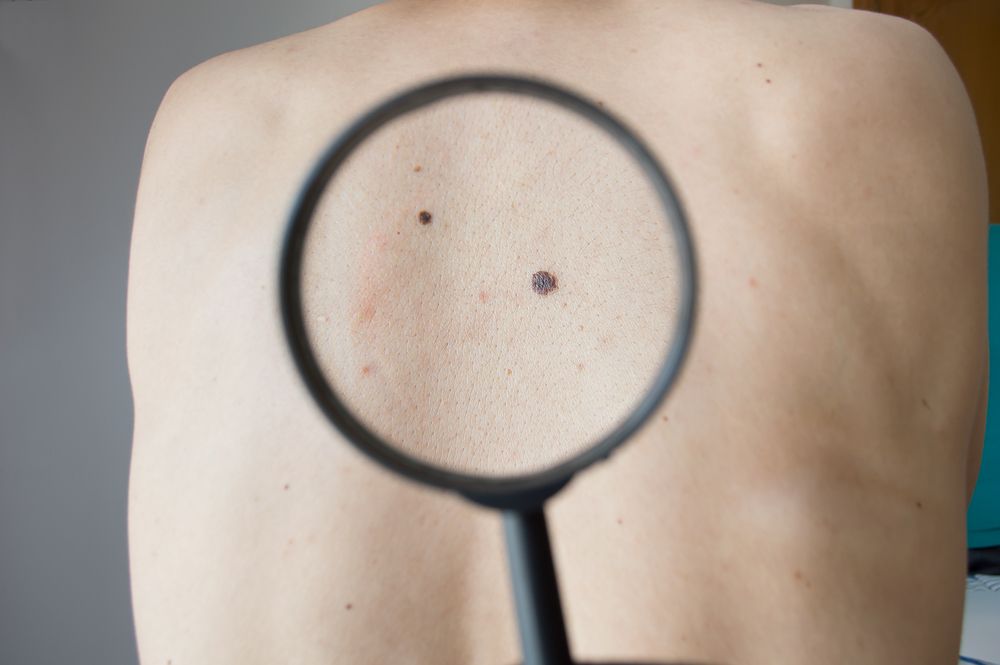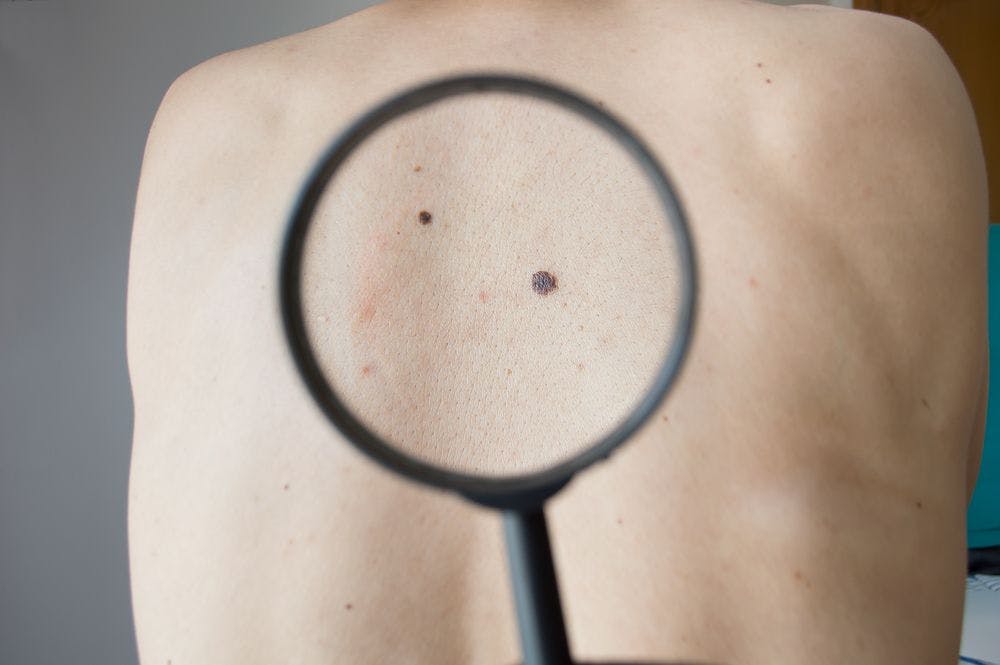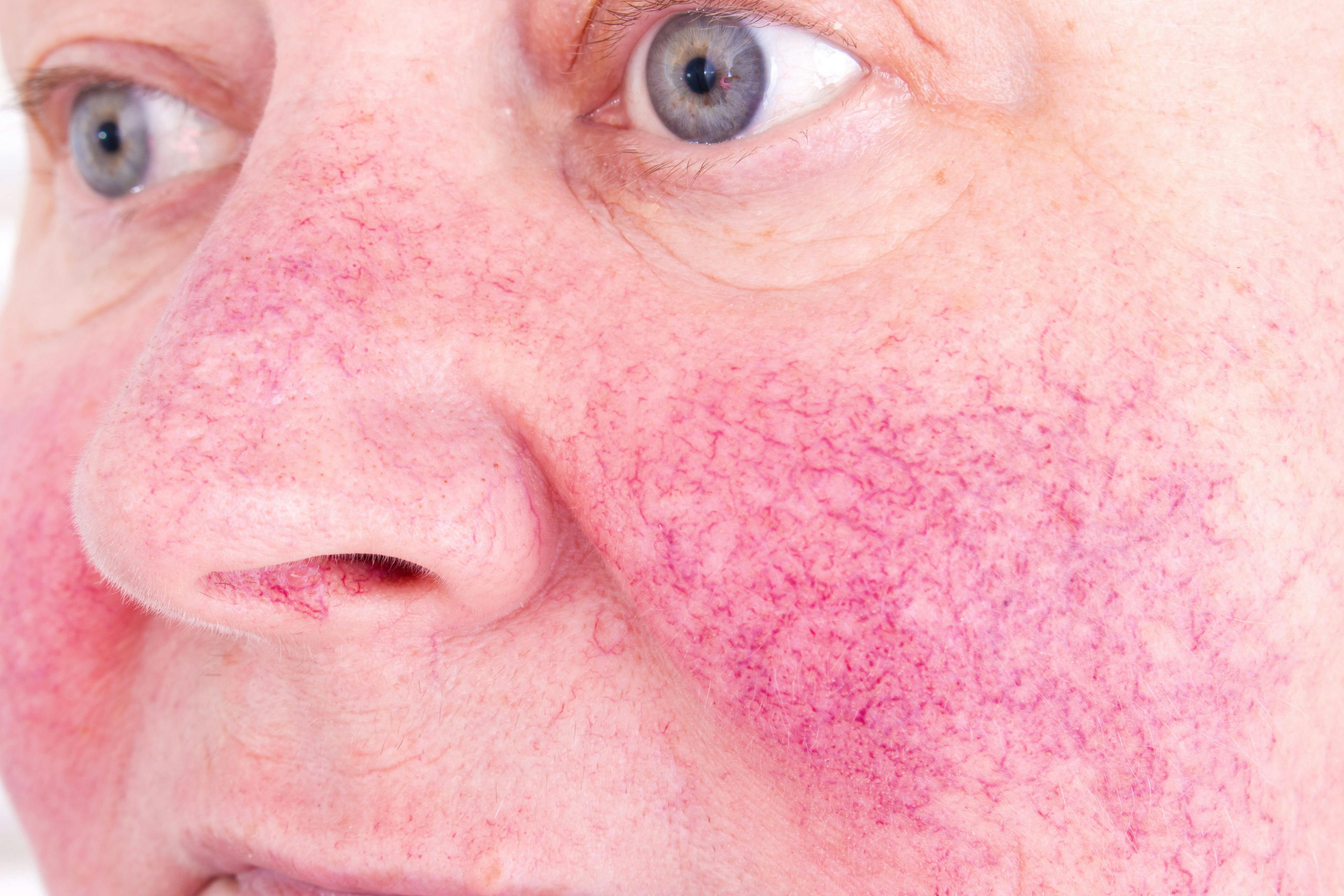- Acne
- Actinic Keratosis
- Aesthetics
- Alopecia
- Atopic Dermatitis
- Buy-and-Bill
- COVID-19
- Case-Based Roundtable
- Chronic Hand Eczema
- Chronic Spontaneous Urticaria
- Drug Watch
- Eczema
- General Dermatology
- Hidradenitis Suppurativa
- Melasma
- NP and PA
- Pediatric Dermatology
- Pigmentary Disorders
- Practice Management
- Precision Medicine and Biologics
- Prurigo Nodularis
- Psoriasis
- Psoriatic Arthritis
- Rare Disease
- Rosacea
- Skin Cancer
- Vitiligo
- Wound Care
Publication
Article
Dermatology Times
Genetic expression testing still a work in progress for melanoma
Author(s):
One expert believes that clinicians may want to seek a second pathologic opinion for particularly di fficult-to-diagnose melanocytic lesions before solely relying on the results of existing molecular assays.
“Existing commercial molecular tests for melanoma diagnosis can be useful for common subtypes but it’s important to recognize that they haven’t been completely validated and may not be helpful in some of the more challenging melanomas such as Spitzoid, nevoid, acral and mucosal melanoma,” says Jason C. Sluzevich, M.D.

Gene expression profiles used to aid in melanoma diagnosis were developed using histologically unambiguous melanomas, but have yet to be validated for all subtypes of melanoma. As such, one expert believes that clinicians may want to seek a second pathologic opinion for particularly difficult to diagnose melanocytic lesions before solely relying on the results of existing molecular assays.
RELATED: GEP testing promising in melanoma
“Existing commercial molecular tests for melanoma diagnosis can be useful for common subtypes but it’s important to recognize that they haven’t been completely validated and may not be helpful in some of the more challenging melanomas such as Spitzoid, nevoid, acral and mucosal melanoma,” says Jason C. Sluzevich, M.D., assistant professor of dermatology, department of dermatology, Mayo School of Medicine, Jacksonville, Fla., who recently spoke at the 4th Annual Mayo Clinic Cutaneous Oncology Symposium in Orlando.
Commercially available tests, such as the myPath Melanoma (Myriad Genetics, Inc.), use a gene expression profile (GEP) based on 23 genes to calculate a relative score of whether a given melanocytic lesion is benign, malignant or indeterminate. Although sometimes useful, these tests do have their limitations and are not ideal in certain scenarios.
At the time when the myPath test was created, Dr. Sluzevich says that it was designed using sets of melanomas that all experts agreed were melanoma, and it is from these samples that the genes of interest that were thought to predict whether something was benign or malignant were derived.
“It is important to know the limitations of the myPath Melanoma test, and to realize that because ambiguous melanocytic proliferations were not included in the defining data set, the test may not always be helpful in sorting out these challenging lesions,” he says.
According to Dr. Sluzevich, it may be better to get a second expert opinion rather than initially opting for the myPath Melanoma test especially for ambiguous Spitzoid proliferations and pigmented lesions on acral and mucosal sites.
RELATED: Nanovaccine shows promise for melanoma
The myPath Melanoma test also had lower performance characteristics in classifying desmoplastic melanoma as malignant, Dr. Sluzevich says, and was less sensitive and specific in diagnosing Spitzoid melanoma when compared to a FISH (Fluorescence in situ Hybridization) based method in published reports.
According to Dr. Sluzevich, it is important for clinicians to know the limitations of the myPath Melanoma test so they can properly evaluate a pathologic opinion.
“The bottom line is GEP-based testing for melanoma diagnosis is still a work in progress. Additional validation studies and the addition of other candidate genes in newer assays, perhaps specific to melanoma histologic subtype and anatomic site, may be seen in the future,” Dr. Sluzevich says.

Newsletter
Like what you’re reading? Subscribe to Dermatology Times for weekly updates on therapies, innovations, and real-world practice tips.





























